Decarbonising Media: How To Turn Intent Into Action
This is the year when advertisers and marketers need to convert words into deeds to make media tangibly more sustainable and inclusive.
That was the restless objective to emerge from a Campaign roundtable, instigated by GroupM Nexus, and building on an earlier discussion at last year’s Cannes Lions.
At the Cannes gathering of marketers and experts, “It was eye-opening as to how little media was playing a part [in sustainability],” said Zuzanna Gierlinska, chief solutions officer at GroupM Nexus UK.
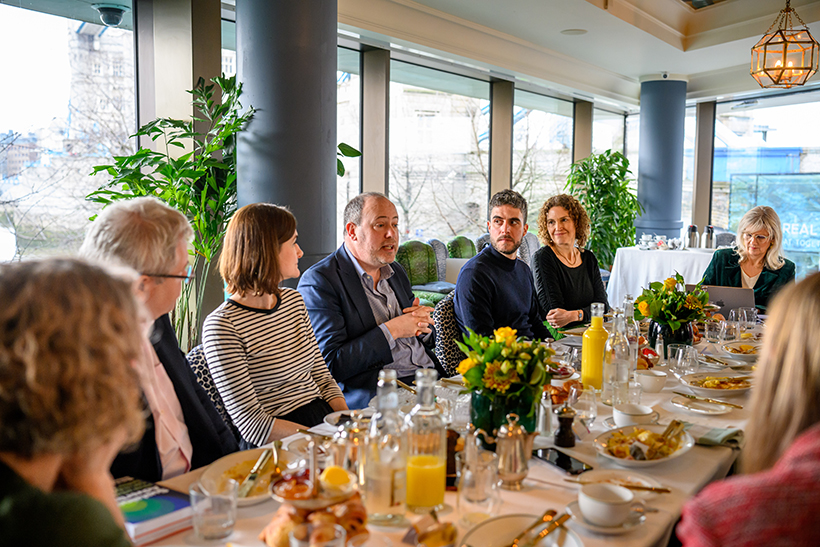
Under the banner of “People and Planet”, GroupM aims to make diversity and sustainability core parts of every campaign, “weaving them into the DNA, stopping it being an add-on”, according to Gierlinska.
“Since Cannes, we set ourselves the target of 10% of our media from diverse publishers and creators while also decarbonising our media,” she explained. “We’ve worked with technology platforms to ensure that minimum amounts of inventory are going into diverse environments. Our video has gone from less than 1% to 8% [and] audio from 2% to 7%. That’s in two quarters. We are nowhere near done yet but we’re starting to make that commitment.”
The challenge: it’s big
“It’s definitely not trivial,” said Seb Munden, chair of Ad Net Zero. “It will be increasingly embarrassing to have a sustainable product but advertised in an unsustainable way.”

Working for a transport company, Jo McClintock, VP of brand and marketing at Trainline, is right at the heart of the net zero race. “The problem is huge,” she admitted. “We know that transport is the biggest contributor to carbon emissions in the UK - around 27%. The government has a plan to reach net zero by 2030 but there’s a massive gap of 30%. We need to figure out how to get across our message, and not just to the consumer.”
Marketers need to recognise the power and influence they have – for good. “There’s a lot that media can do,” said Gierlinska. “We can all galvanise our teams and businesses. It’s about doing media better, about communications to consumers and driving behaviours too.”
But where to start?
“It’s only the people with the passion driving it forward – it should be on every brief and it’s not yet,” bemoaned Bobi Carley, head of media and diversity and inclusion lead at ISBA.
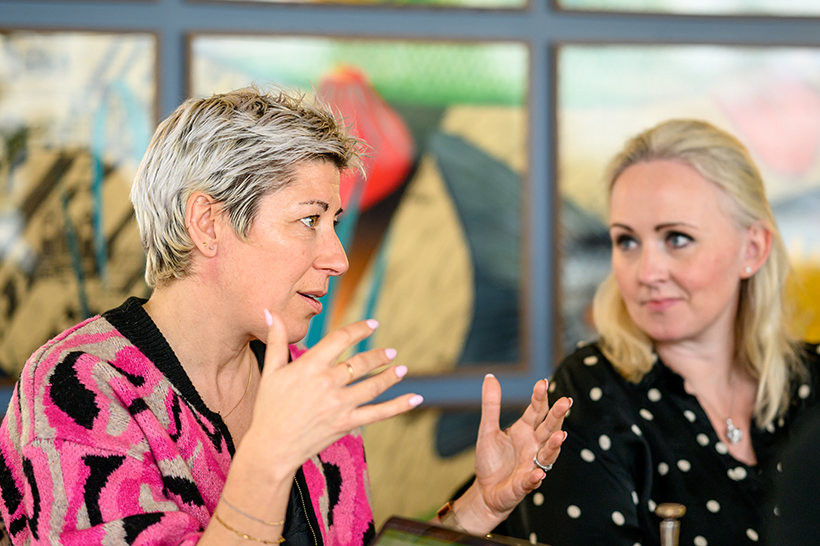
Helen Price, global chief investment officer at Wavemaker, also admitted: “We do get asked what people [brands] are doing but there isn’t always much consistency”.
Ultimately, though, inaction is not an option. “If we don’t do anything, we’re part of the problem not the solution,” was the blunt assessment of Laura Wade, global head of sustainability strategy at EssenceMediacom.
Safety first: the template
“It should no longer be a discussion, it should be standard,” urged Gierlinska. “No one questions brand safety – maybe there’s a template there.”
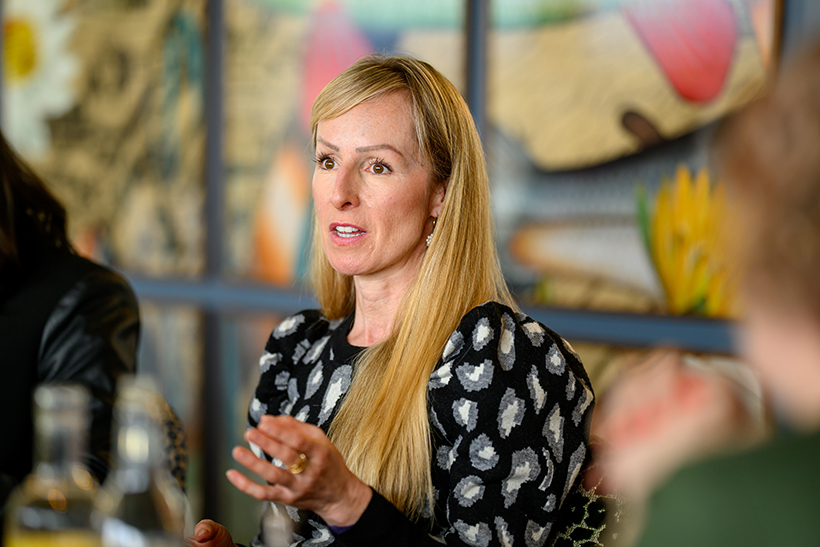
Munden agreed that brand safety is a good analogy. “You can take the maths to work out what the carbon footprint is. It gives enormous power to planners and buyers to recommend to clients and unleashes the power of competition – during this year we’ll start to see real change in carbon currency in media.”
Better together: time for pre-competitive collaboration
This type of roundtable discussion was an example of how interested, passionate parties can share ideas and support each other. But, again, words need to become actions.
“It’s not just about tools and supply chains,” said McClintock. “If Airbnb are doing something, how can we support each other?” she asked, referencing Una Carney, senior lead of connections and media activation for EMEA at Airbnb, who was across the table from her. “Agencies and media owners don’t just have a role in the supply chain, but a leadership role in the industry.”

Carney added: “Brands may be open but not talking publicly. The media industry can match-make by de-risking the conversations and brokering the solutions.”
Show me the money: making the case (study) to the CFO
Maithili Jalihal is head of brand and agency solutions consulting at Scope3, the organisation that’s “on a mission to decarbonise media and advertising”. She acknowledged the increasing interest in sustainability and how brands are “excited to understand”. But added: “It takes the right stakeholders on the brand side to get them to commit budget and resource.”
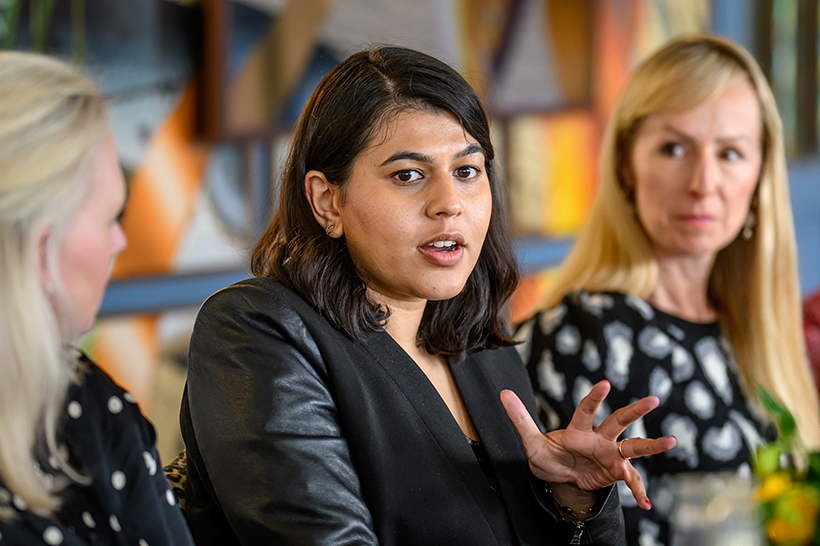
Gierlinska wants “fewer, more effective ads. We know that reducing the volume of impressions will have an impact and mean a lower carbon footprint.”
Carney is interested in moving away from the persuasive, grand gesture of TV promotion towards “more integrated, lower carbon solutions, maybe that aren’t exclusively video but maybe statics, more audio or experiential.”
Building case studies of best practice is a vital next step. “If you can show that media bought in the right way performs as well or better, then it’s a no-brainer.,” said McClintock. “I’d love it to be a tick-box you don’t have to untick.”
Raising performance: bring on the benchmarks
“Mine is an engineer-led company so no one understands marketing,” said Dario Rodriguez, creative director at Repsol, the Spanish energy company. “If I can show those engineering minds that a more sustainable media plan is also a more efficient one, that will be key. We need agencies and partners to provide really powerful benchmarks to help with proof.”
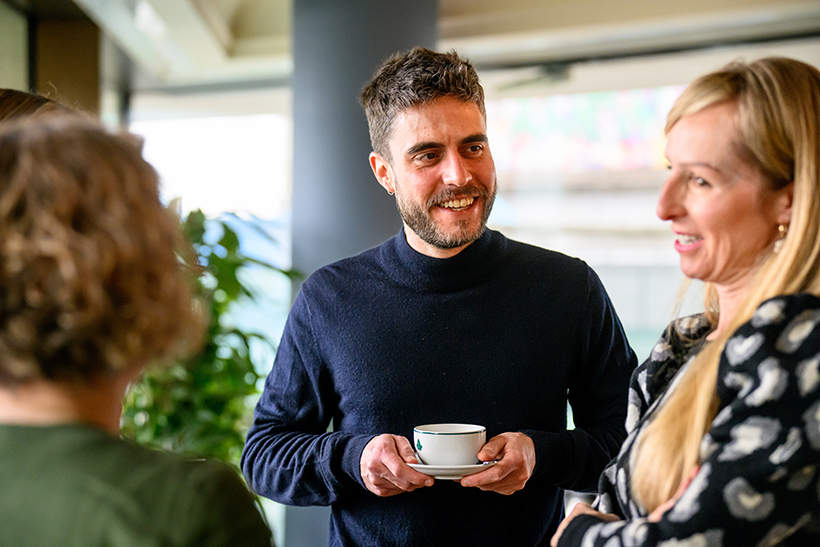
The way ahead: investment not a cost
Wade wants the language around metrics to change: “The first question I get asked about sustainability is ‘will my cost go up’?”.
Georgina Bramall, marketing strategy director at Giffgaff, said: “Outcome is so important. The CFO intrinsically understands the value of the audience and we need to educate that marketing isn’t a cost, it’s an investment. We’re trying to add more colour to the metrics, trying to create a picture of who we’re talking to rather than a metric.”
Progress: your next move
“There are always brands who are so far along and some who haven’t started,” explained Carley. “It’s like the diversity and inclusion conversation from four years ago. I had lots of brands not knowing how to start. The answer is – just start.”
Wade agreed: “We have to start somewhere, whether it’s sustainability or inclusion. The big thing is to make sure people ask questions – clients have so much power just by asking questions.”
Source: campaignlive.co.uk
